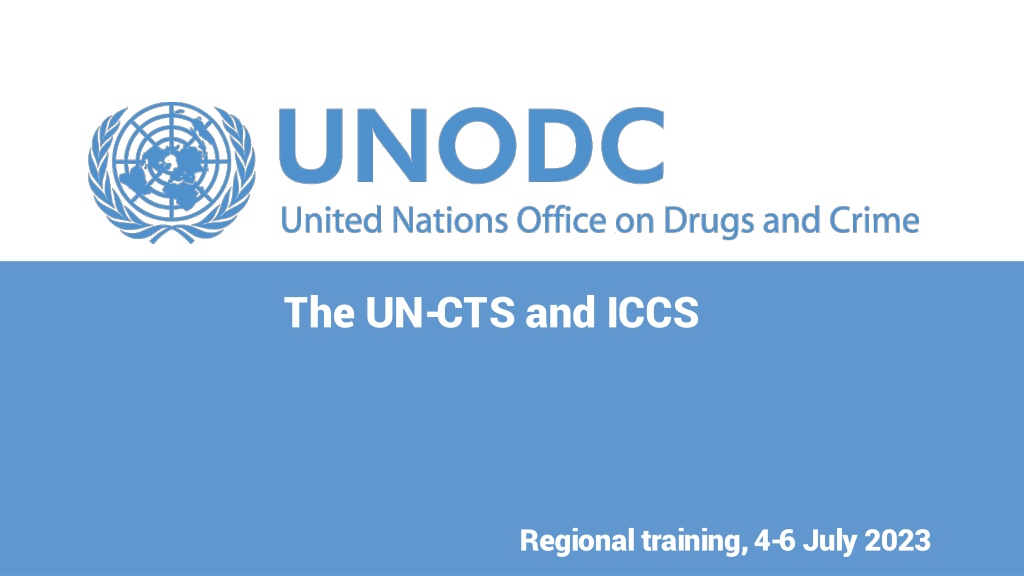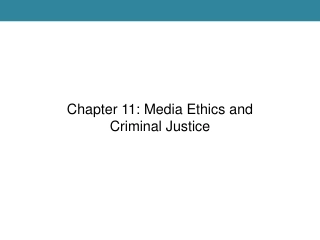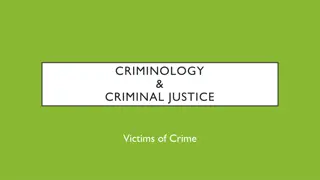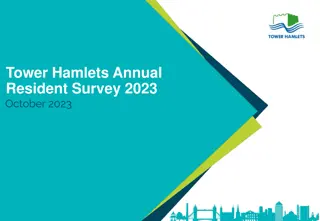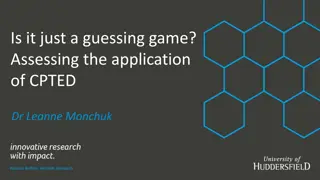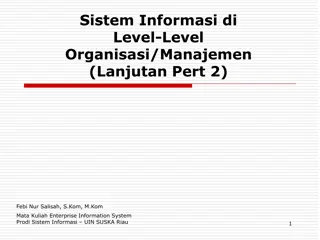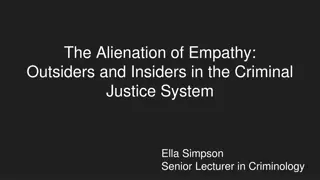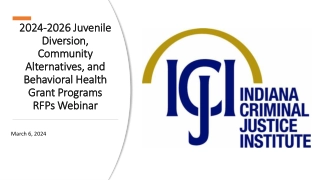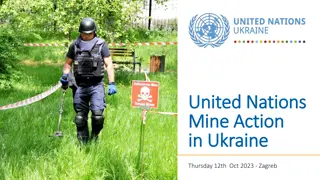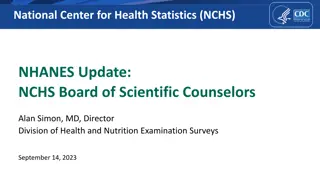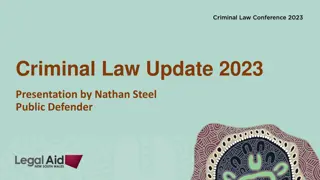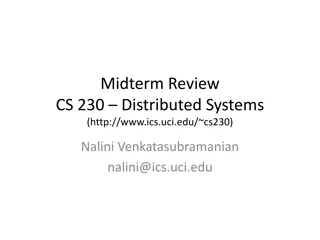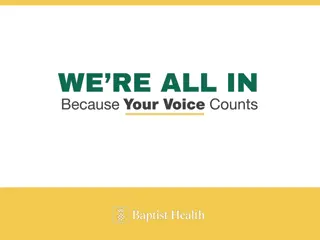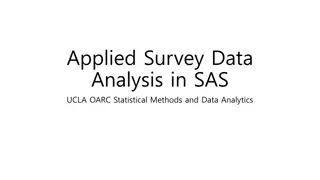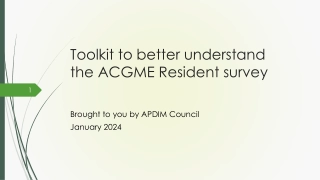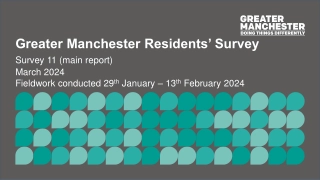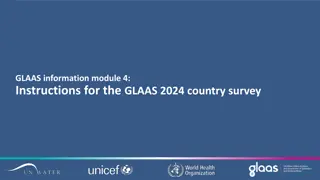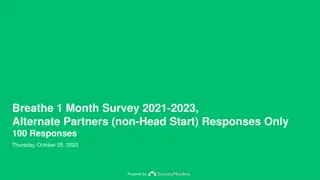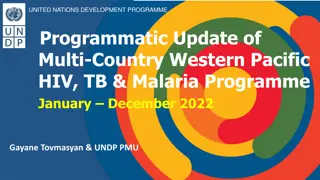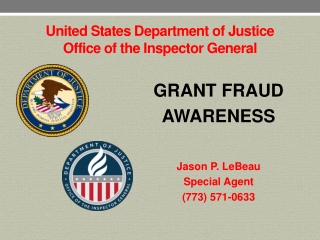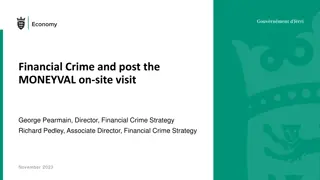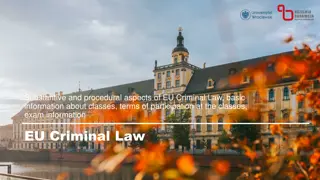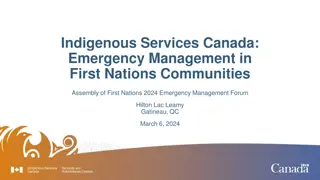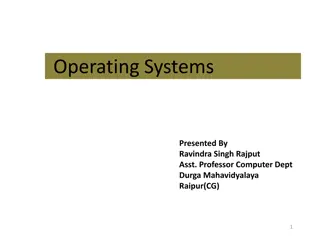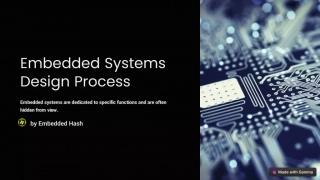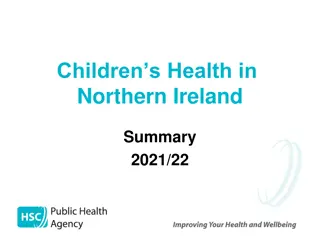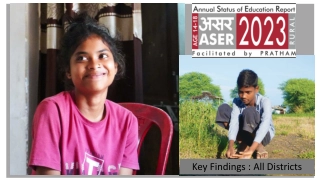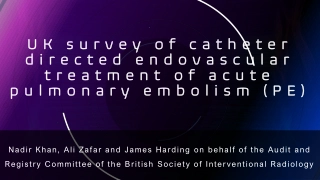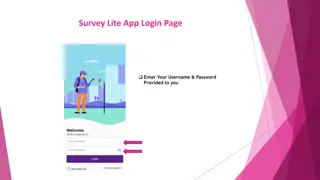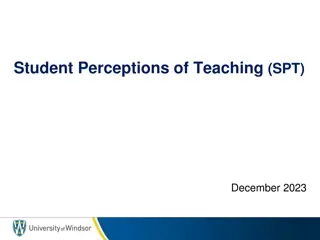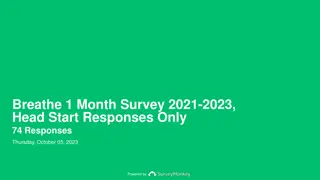United Nations Survey on Crime Trends and Operations of Criminal Justice Systems
The United Nations Survey on Crime Trends and Operations of Criminal Justice Systems (UN-CTS) focuses on harmonizing data collection, identifying crime patterns, improving monitoring of the criminal justice system, and enhancing international comparability of crime statistics. It was mandated by the General Assembly Resolution in 1972 and aims to support the Sustainable Development Goals. The 2022 response showed limited participation from certain regions, emphasizing the need for more comprehensive data collection. The structure of UN-CTS includes sections on intentional homicide, violent crimes, other crimes, and the Criminal Justice System process, detailing aspects from detection to detention of persons involved. Countries like Algeria, Egypt, Iraq, Jordan, Lebanon, Morocco, and others have been actively engaging in data submissions to the UN-CTS.
United Nations Survey on Crime Trends and Operations of Criminal Justice Systems
PowerPoint presentation about 'United Nations Survey on Crime Trends and Operations of Criminal Justice Systems'. This presentation describes the topic on The United Nations Survey on Crime Trends and Operations of Criminal Justice Systems (UN-CTS) focuses on harmonizing data collection, identifying crime patterns, improving monitoring of the criminal justice system, and enhancing international comparability of crime statistics. It was mandated by the General Assembly Resolution in 1972 and aims to support the Sustainable Development Goals. The 2022 response showed limited participation from certain regions, emphasizing the need for more comprehensive data collection. The structure of UN-CTS includes sections on intentional homicide, violent crimes, other crimes, and the Criminal Justice System process, detailing aspects from detection to detention of persons involved. Countries like Algeria, Egypt, Iraq, Jordan, Lebanon, Morocco, and others have been actively engaging in data submissions to the UN-CTS.. Download this presentation absolutely free.
Presentation Transcript
The UN-CTS and ICCS Regional training, 4-6 July 2023
UN-CTS data submissions Country 2019 2020 2021 2022 Algeria Y Y Egypt Iraq Y Jordan Y Y Lebanon Y Y Y Libya Mauritania Y Morocco Y Y Y Y Oman Y Y Y State of Palestine Y Y Y Qatar Y Saudi Arabia Y Somalia Syrian Arab Republic Y Tunisia Yemen
United Nations Survey on Crime Trends and the Operations of Criminal Justice Systems (UN-CTS) Mandate General Assembly Resolution A/RES/3021(XXVII) in 1972, further formalized through ECOSOC Resolution 1984/48. Objectives Harmonize data collection in the criminal justice system Identify crime patterns Improve monitoring of the criminal justice system Improve monitoring of the SDGs Improve international comparability of crime statistics More information at this link
UN-CTS 2022 response Some 103 countries submitted the CTS questionnaire. In general, survey response in the African region, Middle East and Asia are still sparse Note: The boundaries and names shown and the designations used on this map do not imply official endorsement or acceptance by the United Nations
Section 1- Intentional homicide Clarifying notes Recommended counting rules Link to definition
Trend Global trend in intentional homicide per 100,000 by sex, 2000-2030 12 10 8 shade Total Men Women 6 4 2 Note: Linear projection 2021-2030 based on 0 2000 2005 2010 2015 2020 2025 2030 trend 2015-2020.
Section 4 CJS Process Actual incidence of violent crime Reported in victimization survey Detected by police Registered by police Persons prosecuted Persons found guilty Persons placed in detention
UN-CTS Survey of experience Effective coordination system to complete the UN-CTS that follows a clear process However: No possibility of reviewing and resubmitting data beyond the latest 4 years Need to accelerate ICCS implementation to facilitate the completion of the UN-CTS Long and detailed questionnaire => Time consuming to complete Period of completion is not ideal No consensus on possible use of a dedicated online platform Results of the survey of experience will be used to prepare the consultations on the UN-CTS revision to be launched in the coming years.
Example Homework? Victims of intentional homicide per 100,000 5 4.5 4 3.5 3 2.5 2.5 1.9 2 1.6 1.5 1.0 0.9 1 0.5 0.3 0.2 0.5 0.1 0 Algeria Bahrain Jordan Morocco Oman Qatar State of Palestine T rkiye United Arab Emirates Source: UNODC, Data Portal. Available at https://dataunodc.un.org/
Example UNODC data portal Victims of intentional homicide per 100,000 3 2.5 Algeria Morocco Oman Qatar State of Palestine 2 1.5 1 0.5 0 2010 2011 2012 2013 2014 2015 2016 2017 2018 2019 2020 2021 Source: UNODC, Data Portal. Available at https://dataunodc.un.org/
Example UNODC data portal Total number of adults held in prisons 100,000 90,000 80,000 70,000 60,000 Morocco Lebanon 50,000 40,000 30,000 20,000 10,000 0 2010 2011 2012 2013 2014 2015 2016 2017 2018 2019 2020 2021 Source: UNODC, Data Portal. Available at https://dataunodc.un.org/
SDG 16 reporting Indicator 16.1.1. Questionnaire UN-CTS Data source Admin data Number of victims of intentional homicide per 100,000 population, by sex and age Proportion of population subjected to (a) physical violence, (b) psychological violence and (c) sexual violence in the previous 12 months Proportion of population that feel safe walking alone around the area they live after dark Proportion of victims of violence in the previous 12 months who reported their victimization to competent authorities or other officially recognized conflict resolution mechanisms Unsentenced detainees as a proportion of overall prison population 16.1.3. UN-CTS Household survey 16.1.4. UN-CTS Household survey 16.3.1. UN-CTS Household survey 16.3.2. 16.5.1. UN-CTS Admin data Proportion of persons who had at least one contact with a public official and who paid a bribe to a public official, or were asked for a bribe by those public officials, during the previous 12 months UN-CTS Household survey
Q&A Are these data available in your country? Which data is not readily available but could possibly be made available with some support? Where are the information gaps? What are the limits to data collection? How is data collection on criminal justice supported/hindered by existing legal frameworks? How can the different institutions be encouraged to share more data?
Thank you! martijn.kind@un.org rausis@un.org
